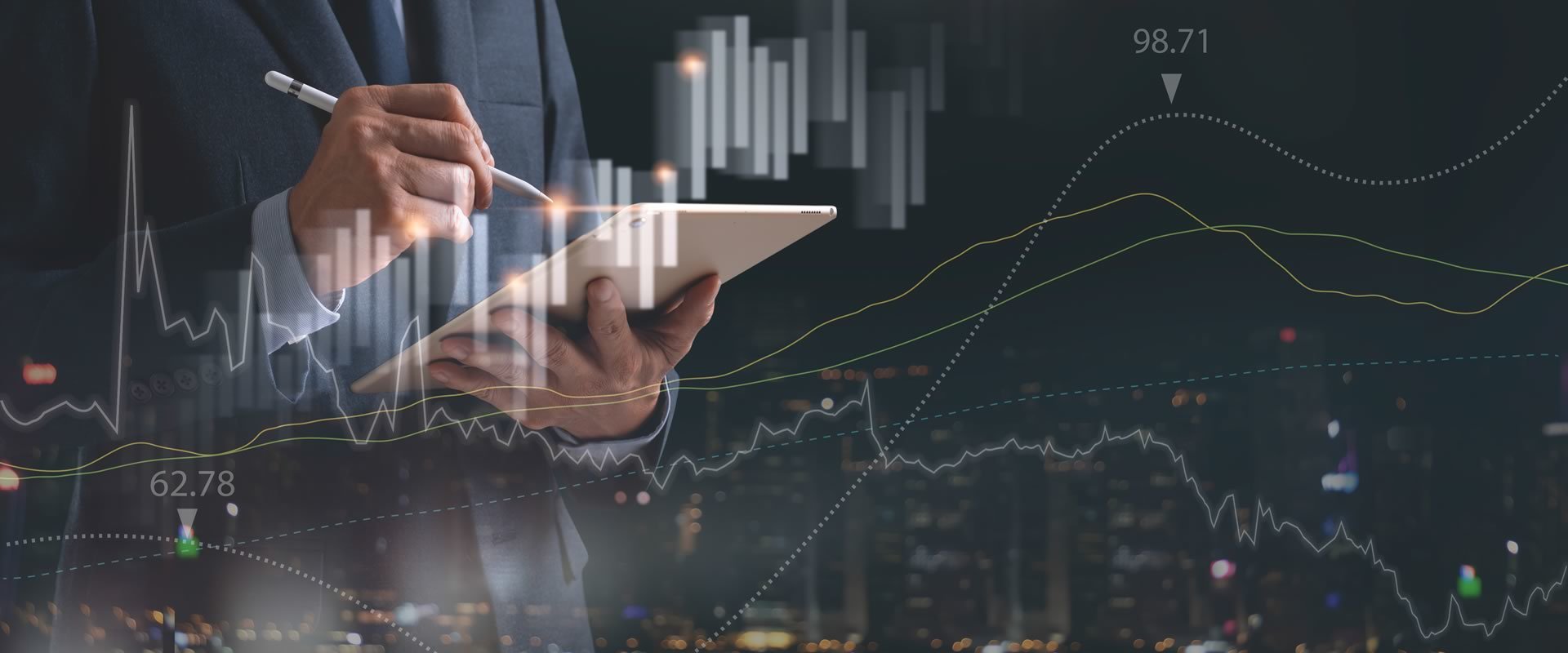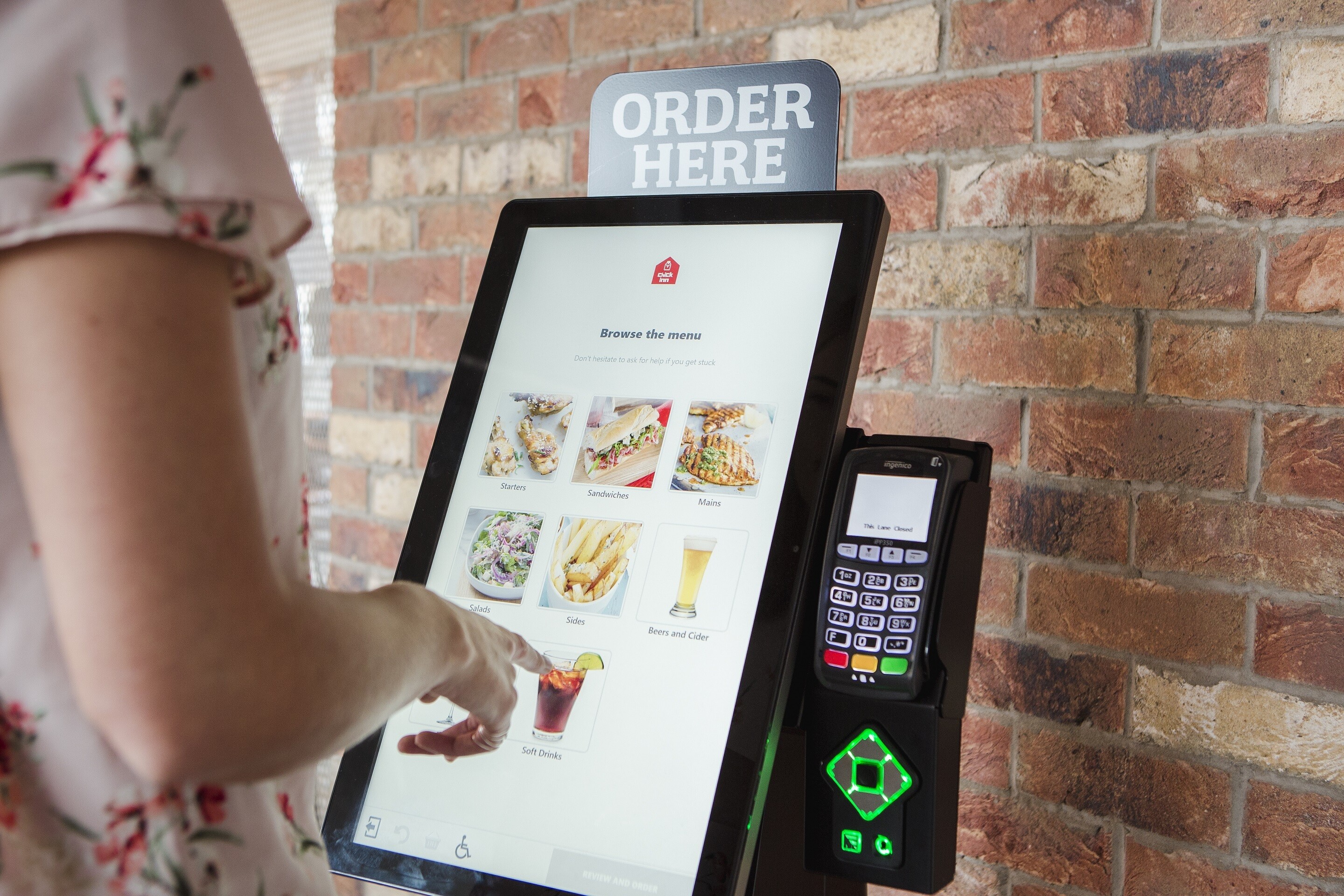How determining credit risk based on cash flow behaviour doubled Kenya's GDP
With the EIS eligible opportunity for Finexos live, at the heart of the platform is the ability to better understand someone's financial capability, which can allow lenders to provide financial services that aren't reliant on legacy credit scores. Such legacy credit scores often only look at only 12 or 13 pieces of information - some of which can be outdated - and in turn, they don't provide an accurate representation of someone's financial position.
The Finexos solution is built on the successes and learnings the company's CEO, Areiel Wolanow, saw when he led the implementation of a credit scoring solution for M-Pesa in Kenya, and here Areiel provides an insight into why it was implemented and crucially, why it was successful.
M-Pesa - Simple. Powerful. Widely adopted.
Kenya’s M-Pesa mobile payment platform, originally launched in 2009, remains the most successfully adopted mobile payment solution in the world. Over 85% of Kenyans use it, and over 40% of the country’s GDP flows through it.
At its heart, M-Pesa is a very simple concept - an individual is able to use the top-up credit on their phone as a current account, using it to buy groceries, fuel, pay rent and pretty much anything one could do with cash. This naturally begs the question “if people can use their mobile balance as a current account, why can’t they access other banking services, such as deposits and loans, as well?"
And less than a year after M-Pesa had launched, this is exactly what happened, through a financial product called M-Shwari, which was underwritten by one of Kenya’s largest banks, Commercial Bank of Africa (CBA).
The core M-Shwari product was a microloan with a maximum value of USD $200 and a payment term of six months, which anyone who was an M-Pesa user for more than six months could apply for. Yet for the first four years of its existence, hardly anyone used M-Shwari. In a country of over 40 million people, peak loan originations per day for M-Shwari had never gone over 500. Why?
The simple reason was despite a low principal amount, nobody could qualify for the loan. Half of Kenya is unbanked, but even those who were banked did not have the sort of digital financial record that would be required for a FICO or similar credit scoring model to qualify them for a loan.
Machine Learning - powering financial inclusion
So, in 2014 - when I led IBM’s financial services practice for East Africa - I met with CBA and their chairman asked if it was possible to use machine learning and someone’s payment history to determine if they were creditworthy.
Unhesitatingly, I answered “yes” - partially because my training in econometrics led me to believe that at least some sort of result was possible, and partially because I'm an inveterate optimist!
But no amount of optimism could have prepared me, CBA, or anyone else involved with the project for the results we achieved.
After constructing the necessary machine learning model, the team took six months to train the algorithm with data and a further year to pilot the program.
At the conclusion of that pilot:
- Peak loan originations per day had gone from 500 to over 50,000
- The non-performing loan ratio had improved by 26%
Five years on and the positive economic impact is transformational
Five years later, over 9 million of these loans had been successfully originated and paid off. In the same period of time, the overall GDP per capita of the country had almost doubled. These results are even more provocative when you consider the nature of the data on which the credit decisions were made, or more accurately, the nature of the data that wasn’t available:
- There was no method for a prospective borrower to prove their income
- There was no method for a prospective borrower to prove their employment
- The prospective borrower could have serially defaulted on every loan they had ever taken out, and this would not be visible
- Finally, KYC for M-Pesa uses being tenuous at best, in many instances, the credit decision would be made without even knowing the prospective borrower’s name
Yet despite all these limitations, the M-Shwari model was able to outperform FICO by 26%, for the simple reason that someone’s cash flow and spending behaviour are far better predictors of default than traditional credit metrics. This very simple understanding, coupled with the not-so-simple data science required to turn that understanding into an accurate and adaptable predictive model, are what sit at the core of the Finexos solution and value proposition.
You can discover the full details of the Finexos EIS-eligible investment opportunity here.
%20(3)%20(2).jpg)








